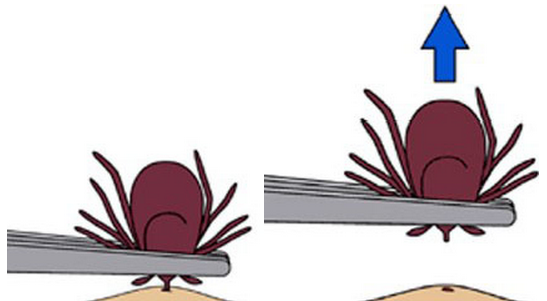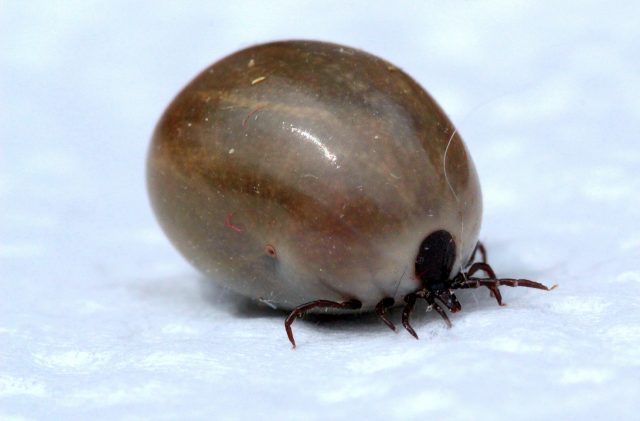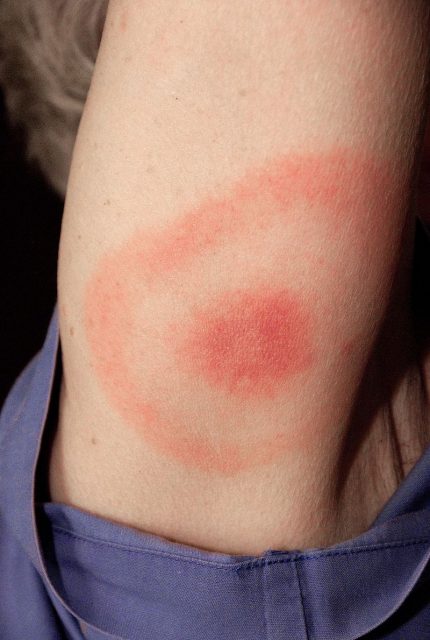Quick tick removal guide
With spring in full swing, the ticks are out and ready to bite! If you are unfortunate enough to get bitten by one of these little guys, be sure to follow the proper removal steps to minimize your chances of long-term problems or infection such as Lyme disease. Check out our quick tick removal guide!
Checking for Ticks
The first step to getting a tick out is to find it! Doing body checks after hiking in an area that is known for ticks is always a good idea. Ticks like to hide in crevices such as armpits, behind the knees, and behind the ears. They can be as small as a grain of pepper so be sure to really get in there and check!
Tick Extraction
Tweezers are the ideal tool for removal. If you don’t have tweezers you can use your fingers, but be sure to cover your hands in gloves or a cloth. You should never touch the tick with bare hands.
Grab the tick as close to its head (the part that is in your skin) as possible and slowly pull up until the tick releases. After removal, wash the area thoroughly with soap or alcohol and cover it in vaseline.

What Not To Do
Do not twist the tick or pull too quickly. You will run the risk of getting the tick’s head stuck in your skin. Likewise, do not squeeze the tick’s swollen stomach. This can also cause infection by squeezing infected fluid into your body.

Many people think that burning ticks is a good method of removal. This is not true! Burning ticks out is an old method that is no longer used. Heating the animal may cause it to release infected fluids into your system rather than making it release.
Aftercare
After you get a tick bite, be sure to keep the area clean by frequently washing with soap and warm water. It usually takes around 24 hours for a human to contract Lyme Disease, so if you find it early you should in the clear. However, it is good to know the symptoms and warning signs.

If you develop a bull’s-eye looking rash around the area of the bite be sure to contact your doctor. Similarly, if you develop any kind of body rash after being bitten, make an appointment with a doctor. Other symptoms of infection include but are not limited to headaches, joint pain, and fever/flu-like symptoms.
Lyme disease is the infection that most people associate with ticks and for good reason. A team of graduates from the University of Pittsburgh at Johnstown, headed by Jill Henning, carry out detailed research in the western region of Pennsylvania. DNA testing carried out on 500 deer ticks caught in the region revealed that 33 percent of the ticks carried a dangerous level of Lyme disease.
Lyme disease is famously the responsible agent for reoccurring joint pain and other neurological issues that could turn serious if left untreated. However, for those who quickly seek adequate medical treatment after getting bit by ticks can generally avoid the adverse effect of Lyme disease, as a few doses of antibiotics are enough to curb the spread.
If you have any comments then please drop us a message on our Outdoor Revival Facebook page
If you have a good story to tell or blog let us know about it on our FB page, we’re also happy for article or review submissions, we’d love to hear from you.
We live in a beautiful world, get out there and enjoy it.
Outdoor Revival – Reconnecting us all with the Outdoors





